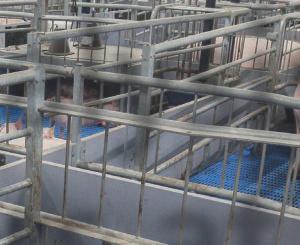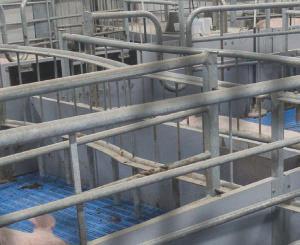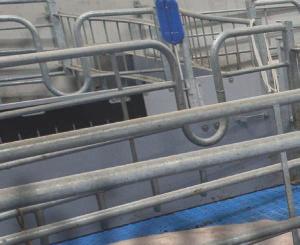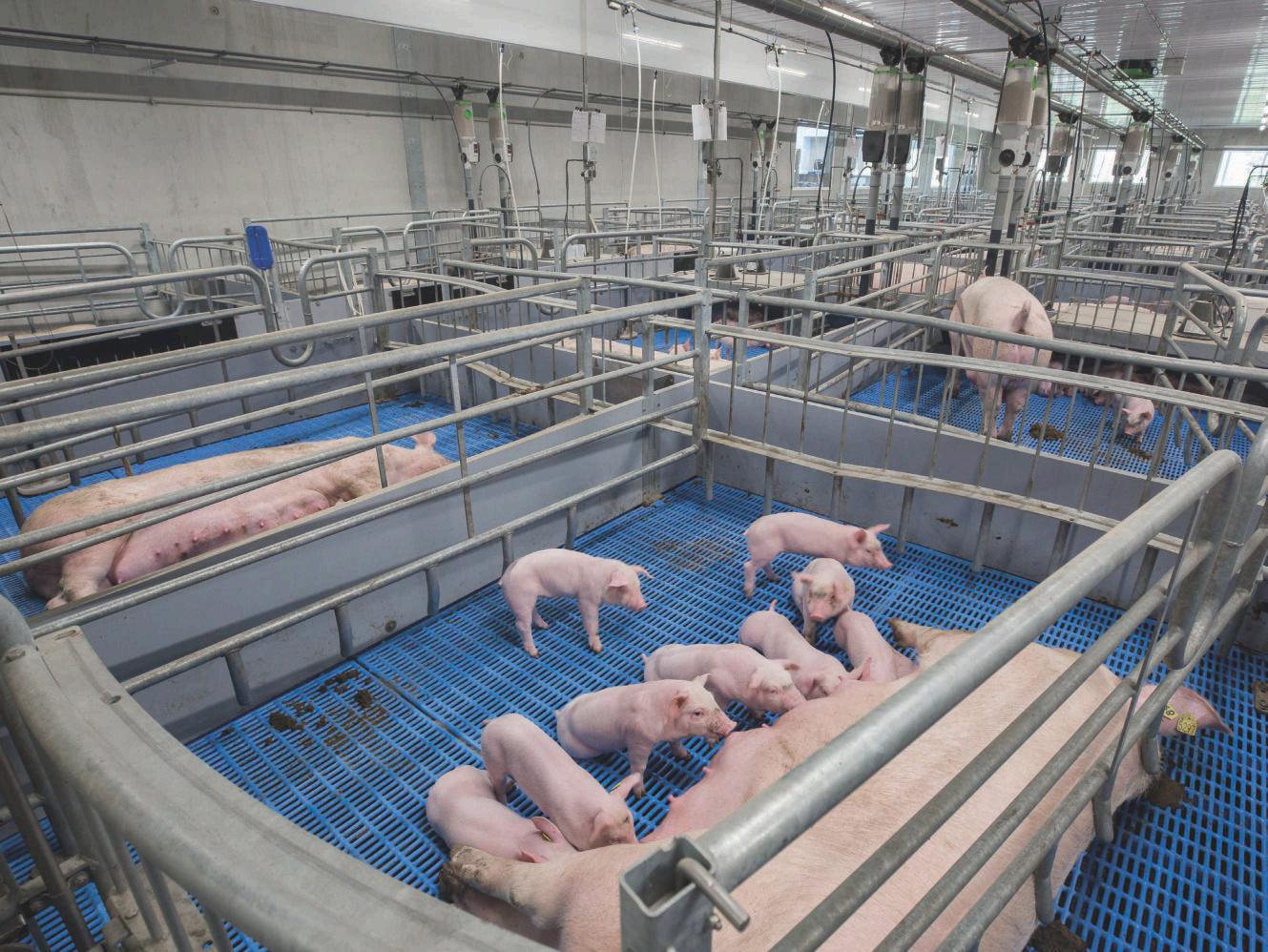
2 minute read
Analysis of biomarkers

Analysis of biomarkers at GD


At Royal GD we can help you in studying the effect of various products on the health and wellbeing of animals. An important tool for this purpose is the use of biomarkers. We offer a large range of biomarkers through its routine diagnostic services. Our biomarkers are developed to measure the stress level, the acute phase response as well as the metabolic or nutritional status of animals.
With a view to the above, think in terms of the analysis of acute phase proteins, biomarkers related to bone metabolism and panels related to energy, protein and mineral metabolism.
GD offers possibilities to map out the degree of stress and the in ammatory response in sows around parturition. Laboratory tests can be used for this purpose, applied to samples taken from sows around 24 hours after parturition. These tests determine the level of cortisol in hair and the levels of cortisol, chromogranin A and haptoglobin in the sow’s saliva. The underlying thought is that minimum stress and the lack of a severe in ammatory response contribute to easier farrowing, healthier piglets and better well-being of the sows. Moreover, the collection of saliva and hair is a non-invasive and animal-friendly method of sampling. And recently, we have added a number of new biomarkers to our portfolio: cortisol in hair and saliva samples of pigs, and the cytokine interleukin-6 (IL-6) in serum samples of cows. We are currently still working on the development of the chromogranin A and haptoglobin biomarkers in porcine saliva samples.
The new biomarkers for pigs aid in determining stress levels and the in ammatory response of sows around parturition. Low stress levels as well as the absence of a severe in ammatory response contribute to an easier farrowing process and better well-being of the sows. Cortisol can be determined in hair and saliva samples. Both types of samples are easy to collect through non-invasive methods.
The other new biomarker is the cytokine interleukin-6 (IL-6) for cows. Il-6 is an in ammatory cytokine that is produced during an acute phase response in the body. Its serum concentration is increased in the course of various infectious and in ammatory diseases. Moreover, increased serum IL-6-concentrations before parturition have a predictive value for the risk of developing post-partum diseases in transition dairy cows.
INTERESTED IN LEARNING MORE? CONTACT US THROUGH INFO@GDANIMALHEALTH.COM OR YOUR ACCOUNT MANAGER








